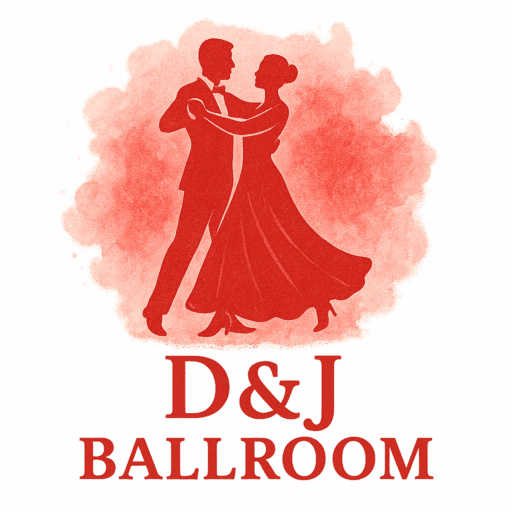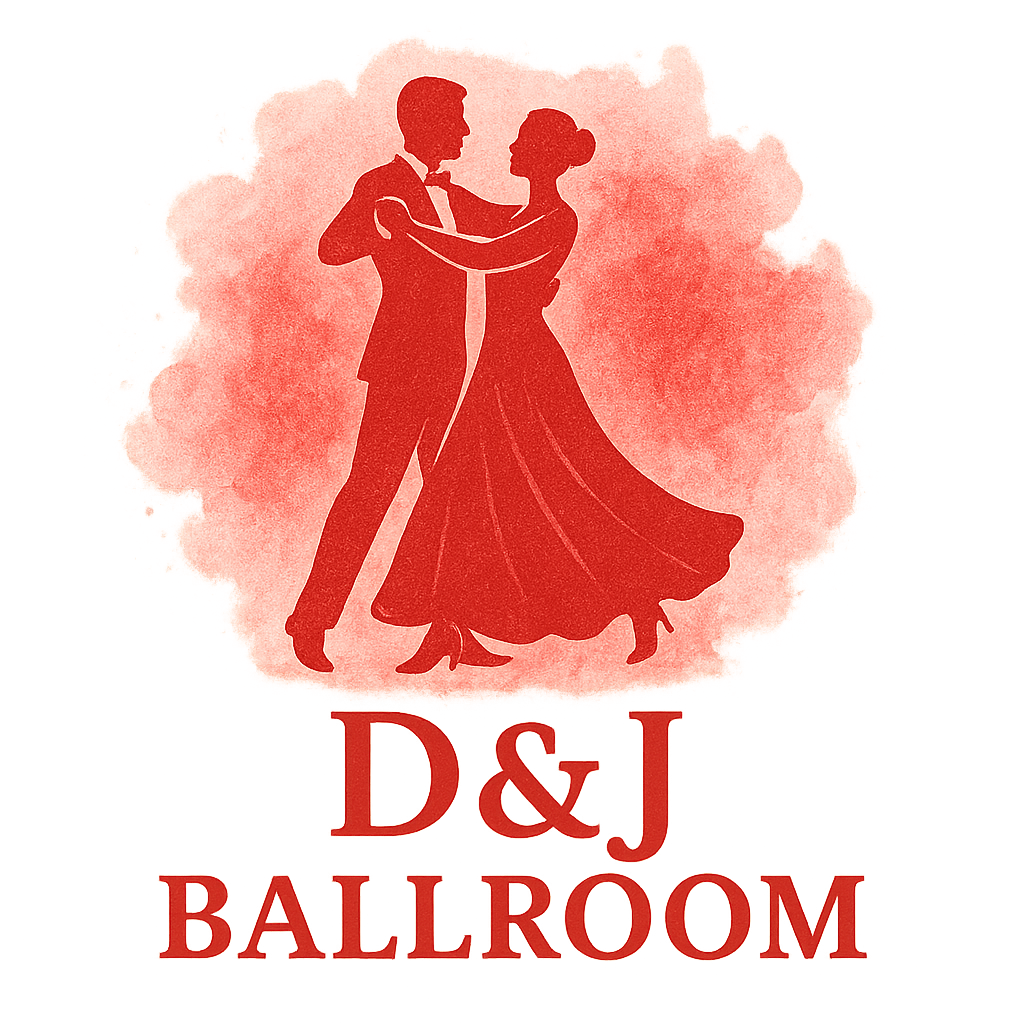Introduction to Ballroom Technique
Ballroom dancing is a beautiful mix of artistry, discipline, and partnership. Beyond mastering steps and timing, true excellence comes from the ability to connect—with your partner, your audience, and even the judges. One of the most powerful yet underestimated tools for this connection is eye contact.
Pair strong eye contact with confidence, and suddenly your performance transforms from simply executing steps to telling a story. In this article, we’ll dive into six ballroom technique drills for eye contact and confidence that every dancer—from beginners to seasoned competitors—should add to their practice.
If you’re just starting your journey, you may also want to explore the foundations of ballroom history and culture to understand how performance presence has always been central to this art form.
Why Eye Contact Matters in Ballroom Dancing
Building Connection with Your Partner
Eye contact in ballroom is more than looking—it’s silent communication. Just as you master ballroom techniques and training, developing natural eye connection ensures that you and your partner move as one, creating a flow that feels effortless and organic.
Projecting Confidence to Judges and Audience
During competitions, your dancing isn’t the only thing being judged. Judges and audiences are drawn to performers who radiate presence. When combined with elegant ballroom attire and fashion, eye contact becomes a tool to project confidence and charisma.
The Role of Confidence in Ballroom Dancing
How Confidence Translates into Better Performance
Confidence affects everything—your posture, timing, and musicality. Just as mastering different ballroom dance styles makes you versatile, building confidence ensures that you look polished even before you take your first step.
Overcoming Nervousness on the Dance Floor
Nerves are natural, but letting them dominate your performance can hold you back. Practicing specific confidence drills will help you channel those nerves into energy, so when you enter ballroom events and competitions, you’ll shine rather than shake.
Drill 1: Mirror Drill for Eye Contact Awareness
How to Practice the Mirror Drill
Stand with your partner in front of a mirror. Dance through basic figures while intentionally maintaining gentle, steady eye contact. This isn’t about staring—it’s about awareness.
Benefits of Using the Mirror for Connection
Like learning the history of ballroom culture, the mirror shows you truth. It reflects your posture, expressions, and whether your confidence comes across naturally.
Drill 2: Partner Gaze Exchange Exercise
Step-by-Step Process
- Stand in frame with your partner.
- Begin basic steps (waltz or foxtrot work well).
- Every four counts, deliberately exchange eye contact.
- Gradually extend the duration to build comfort.
Common Mistakes to Avoid
Don’t force intensity—think of it as soft storytelling, not a staring contest. A tip: watch videos of waltz performances to see how professionals balance gaze and elegance.

Drill 3: Spotlight Confidence Walk
Practicing Stage Presence
Imagine a spotlight following your every step. Walk across the room with a tall frame, controlled breathing, and confident gaze, as if stepping into a ballroom competition.
Training Yourself for Audience Attention
This simple drill helps you simulate real performance scenarios. The next time you’re at a showcase or event, that “spotlight” confidence will already be second nature.
Drill 4: Silent Lead-and-Follow Eye Contact Drill
How It Builds Trust Between Partners
Dance without words—only leading, following, and eye contact. This strengthens trust and develops nonverbal communication, much like how tango relies on unspoken energy (learn more about tango here).
Variations to Increase Difficulty
- Increase the length of sequences while holding eye contact.
- Add turns and direction changes.
- Try it with music, maintaining composure throughout.
Drill 5: Audience Simulation Drill
Practicing with Friends as “Judges”
Gather a few friends and ask them to act as judges. Perform a short routine while keeping steady, confident eye contact with them. Think of it as a rehearsal before stepping onto a real ballroom event floor.
How to Receive Feedback Effectively
After the drill, ask for their honest impressions: Did you look confident? Did your gaze feel authentic? Use their feedback to refine your presence.
Drill 6: Confidence-Building Breathing and Posture Routine
How Breathing Enhances Calmness and Focus
Breathing deeply before a performance reduces tension and allows you to stay centered. This simple technique can make you look as polished as if you’d been rehearsing advanced ballroom training drills.
Using Posture to Exude Confidence
Great posture is like wearing a crown. Whether you’re dancing waltz, tango, or cha-cha, lifting through your chest and keeping shoulders relaxed instantly elevates your confidence. For added impact, pair posture with the right wardrobe choices that complement your performance.
Extra Tips for Eye Contact and Confidence
Maintaining Natural Expressions
A smile is your secret weapon. It lightens your expression and makes your eye contact feel inviting, not forced.
Balancing Intensity and Softness
Eye contact is like seasoning a dish—you need the right amount. Too little feels cold; too much feels overwhelming. Balance intensity with warmth, just as you balance precision with flair in different dance styles.
Ballroom Technique Beyond Drills
The Link Between Technique, Style, and Confidence
Confidence isn’t just a mental skill—it’s tied to your technical foundation. Just like studying ballroom history gives context to your movements, mastering drills helps you embody confidence naturally.
Incorporating Drills into Daily Practice
Don’t reserve these drills only for big events. Include them in your warm-ups or cool-downs. Small, consistent effort compounds into big results, just as mastering ballroom drills sharpens your technique over time.
Conclusion
Confidence and eye contact are the unsung heroes of ballroom performance. By practicing these six drills, you’ll not only look more polished but also feel more connected—to your partner, to the audience, and to the art form itself.
Remember: ballroom is more than steps. It’s about presence, trust, and storytelling. So the next time you walk onto the dance floor, hold your partner’s gaze, lift your chest, breathe deeply, and let your confidence shine.
FAQs
1. How long should I practice these drills each day?
Aim for 15–20 minutes. Like ballroom training, consistency matters more than duration.
2. Can beginners try these drills?
Yes! Whether you’re learning waltz or tango, these drills are adaptable.
3. What if eye contact feels uncomfortable at first?
Start with shorter intervals. Just as in ballroom culture, eye contact becomes natural with practice.
4. Do these drills reduce stage fright?
Absolutely. They simulate real events and competitions, making you more confident under pressure.
5. Should I practice in every dance style?
Yes. From tango to foxtrot, eye contact enhances all dance styles.
6. Can I practice alone without a partner?
Definitely. Use a mirror or even record yourself, like you would for training drills.
7. How soon will I notice results?
Most dancers feel more confident within 2–3 weeks of consistent practice.


